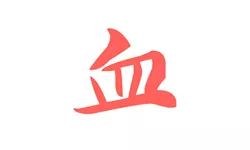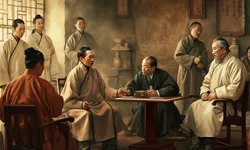It's often a real challenge to tell whether a Traditional Chinese Medicine (TCM) ingredient is safe or not. The TCM pharmacopoeia contains thousands of entries, the vast majority of which are very unfamiliar to Westerners. How to tell which ones are harmless?
This situation is made worse by the fact there are very few resources in English on which TCM ingredients are safe. Look up most TCM ingredients on Google and you'll likely find statements like "there is not enough reliable information about the safety of this ingredient".
Those who've really done a lot of work to understand which TCM ingredients are safe are, unsurprisingly, the Chinese. The China Food and Drug Administration, the Chinese equivalent of the FDA, has classified TCM ingredients into several levels of risks. Their safest designation is ingredients that are both classified as food and TCM ingredients. This means that, in China, such ingredients can be freely added to food or TCM medicinal preparations without limitations. That'd be the equivalent to the GRAS (Generally Recognized As Safe) classification for the FDA.
We've compiled the list below based on the GRAS list from the China Food and Drug Administration, this means that each ingredient below, according to the China FDA, can be safely eaten as food or be added to TCM preparations. Of course this doesn't mean that precautions are unnecessary: as ever please rely on the advice of medical experts before ingesting anything.
Article tags: Chinese herbal medicine








